The coastal town of Oistins, Christ Church, Barbados was a British colony where the main economy was tobacco and cotton. There was unrest not only in the town where they had slaves imported but also below ground. I came across this story about a month ago while looking for alternate poltergeist cases besides Enfield. I found myself getting lost in the vast chain of the Internet and I’d like to share my research and thought with you all. This story greatly intrigues me because there seems to be historical documentation that supports this story, but it could also be just one big fairy tale.
The Story
The Chase Vault at the Christ Church Parish Church in Oistins, Christ Church, Barbados was built by the Honourable James Elliot around 1724. The vault was a stone room with an arched roof, that was built just below ground and accessible with stairs. It was over 12 feet deep and about 6 feet wide. There is some conflicting information from various sources, but it looks like Elliot was buried in 1784, and then his wife, Elizabeth, who died on May 14th,1792 was interred there as well. But there are also reports that Elliot never used the tomb and only his wife was buried there. Then the tomb was bought by the Walrond Family, In 1807, a woman named Thomasina Goddard was buried in the Chase Vault. When the tomb was opened, it was discovered that the buried body of the Honourable James Elliot (and/or his wife) was missing. When the Honourable Thomas Chase purchased the vault (hence the name Chase Vault), the body of Goddard was left in place.
On February 22, 1808, the 2-year old daughter of Chase, named Mary Ann Maria Chase, died and she was buried in a lead coffin in the vault. When the vault was opened in 1812 for Dorcas, Chase’s other daughter, Mary Ann Maria’s coffin was upside down and placed in the opposite corner from where it was placed. Circumstances around the death of Dorcas were questionable. Thomas was reportedly very abusive to his family and his slaves, and there are rumors that Dorcas starved herself to death. Thomas died about a month after Dorcas and he too was buried in the vault. It is rumored that Thomas committed suicide. In September of 1816, the vault was opened for the burial of 11-month old Samuel Brewster Ames, and all the coffins were in disorder. When the adult Samuel Brewster, who died from a bloody slave rebellion, was interred in the vault on November 16th of that same year, the coffins had moved again. In 1819, the vault was opened once again to accept the body of Thomasina Clarke, who was in a wooden coffin, and the same thing happened. What was going on? It was noted that after each opening of the vault, the coffins were put back in their original place and the vault was sealed. Clarke was the last body to be interred in the tomb.
The situation had become such a problem that Sir Stapelton Cotton, the Baron Combermere and Governor of Barbados, wanted
to conduct an investigation. even the floor was sanded so footprints could be detected in case it was someone breaking into the vault. But there was never any trace of an intruder. The vault was inspected for secret passageways and nothing was found. The vault was closed once more with the plan to open it later to check to see if the coffins had moved again. The marble slab closing off the vault was cemented in place, and government officials put their seal on the cement, including the governor.
The vault was opened once more in 1820. From the outside, nothing was disturbed, and the seals from the government officials were still in place. Once the vault was opened, the sand was undisturbed. Basically, everything was undisturbed except for the coffins. According to witnesses, the coffins looked like they were thrown about, and Mary Anne’s coffin was reportedly chipped. the Chase family had enough and the bodies were moved. The Chase Vault remains empty to this day and has for nearly 200 years.
Below are artistic depictions of the before and after of the coffins and their new placements.
For about ten years, from 1811-1821, there were multiple reports of disturbances occurring with the lead coffins in the Chase Vault. From buried bodies disappearing to coffins being upside or moved to a different section from where a coffin was originally placed. These accounts were originally written by Sir Algernon Aspinall under the title, “An Unsolved Barbados Mystery.” The mysterious accounts were also discussed in a letter from Eleaner J. Dailey to Roger Senhouse. The events were also discussed in Captain James Alexander’s 1833 book, Transatlantic Sketches. Also in 1833, the story was repeated in the Anecdote Gallery in Rueben Percy’s, The Mirror of Literature, Amusement, and Instruction. In 1907, Andrew Lang and his correspondents uncovered the original Christ Church burial records as well as the original accounts of the coffins moving around from the Governor in the book, 1868 Memoirs and Letters of Lord Combermere. These findings were published in Folk-Lore: A Quarterly Review on Myth, Tradition, Institution & Custom. Sir Robert H. Schomburgk wrote a different account in his 1848 book, The History of Barbados, but with no sources to support it. Schomburgk said it was the Chase family that decided to put the sand down, and that Lord Combermere only showed up to the vault opening in 1820.
Theories
Early accounts of this story seem to come from Thomas H. Orderson, who was the Rector of Christ Church during the 1800’s. Eleaner J. Dailey said in her letter that “many people have been inclined to attribute them to poltergeists or other supernatural agencies.” Sir Arthur Conan Doyle, the author of the fame Sherlock Holmes series, hypothesized that because Thomas and Dorcas committed suicide, their bodies were cursed and they were to blame for the movement of the coffins. There are also beliefs that the limestone in the ground, combined with the spiritual history of Barbados, plus the fact that the area was a British colony, that there were angry spirits moving and unsettling the vault.
Explanations
One of the biggest explanations for the moving coffins has been flooding. But, buoyancy with coffins is a tricky business as it would require a lot of water to make the coffins move. The average casket today weighs about 300 pounds, with 6 pallbearers to carry it. Thomas Chase’s casket needed about 8 men to move, which means his coffin may have weighed more than the average casket we have today. The vault also sits at an elevation of about 108 feet and was built on Pleistocene coral reef limestone, which can be porous. This means that if it rained, then the water in the vault would drain out into the ground.
Earthquakes were offered as an explanation as well, but there were no major earthquakes reported between 1812-1820. Plus, Barbados was not known for active seismic activity in that time period.
Well-known skeptical investigator Joe Nickell doesn’t doubt the existence of the coffins and the people who were interred since historical records support their existence. But, he noted in the 1982 issue of Fate Magazine that the stories were filled with symbols and phrases that Freemasons would have identified. Nickell supports this theory since two of the men named in this story were members of Ancient Free and Accepted Masons.
What do you think? Do you think the unrested spirits of Thomas and Dorcas Chase caused an upset in the vault? Or were there angry spirits in Barbados not allowing the dead to rest in peace? Or is it all just a metaphor and made up story? Tell us in the comments!
Sources:
https://loyalist.lib.unb.ca/atlantic-loyalist-connections/barbados-poltergeist-chase-vault
https://skeptoid.com/episodes/4399
https://books.google.com/books?id=szFLs6pQmsQC&pg=PA573
https://books.google.com/books?id=4Bm-EjjG3AwC
http://www.slightlywarped.com/crapfactory/awesomemysteries/movingcoffins.htm
http://www.allday.com/the-unsolved-mystery-of-the-chase-family-vault-continues-to-haunt-the–2180847468.html

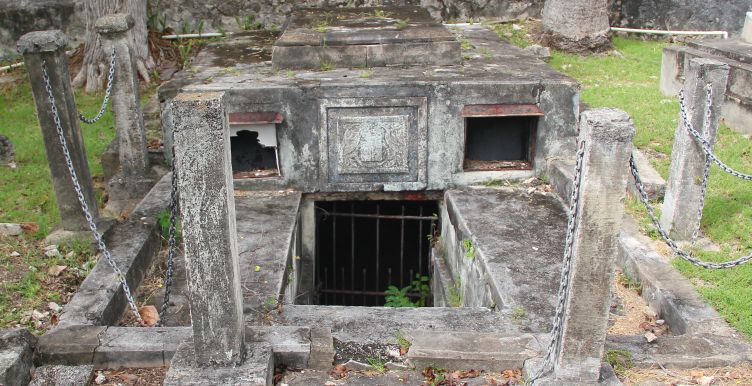
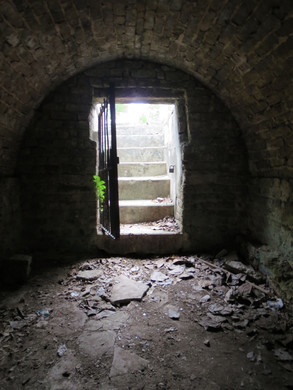
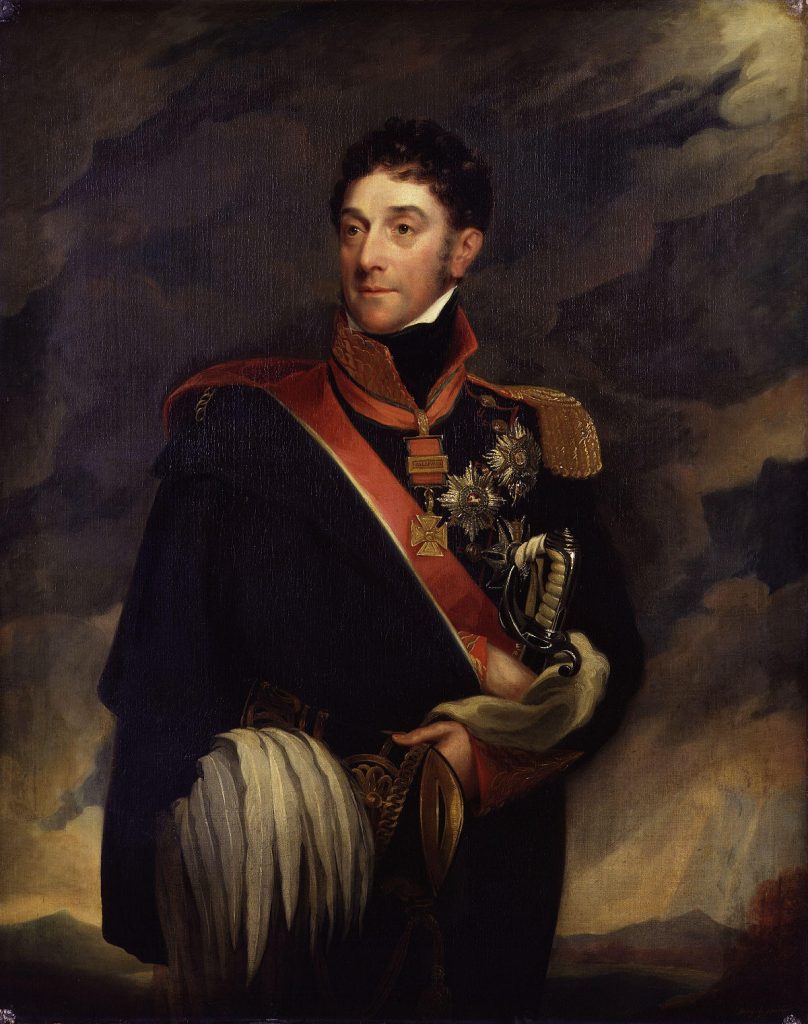


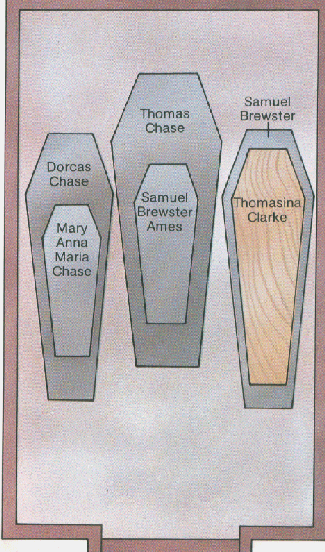
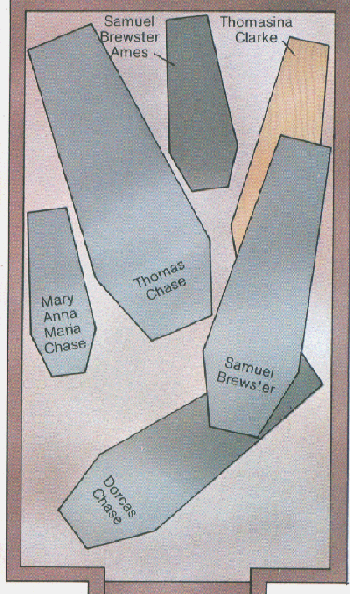
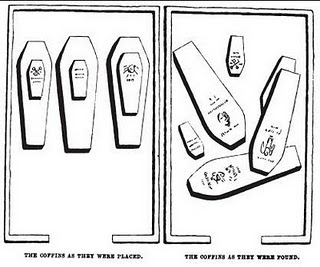
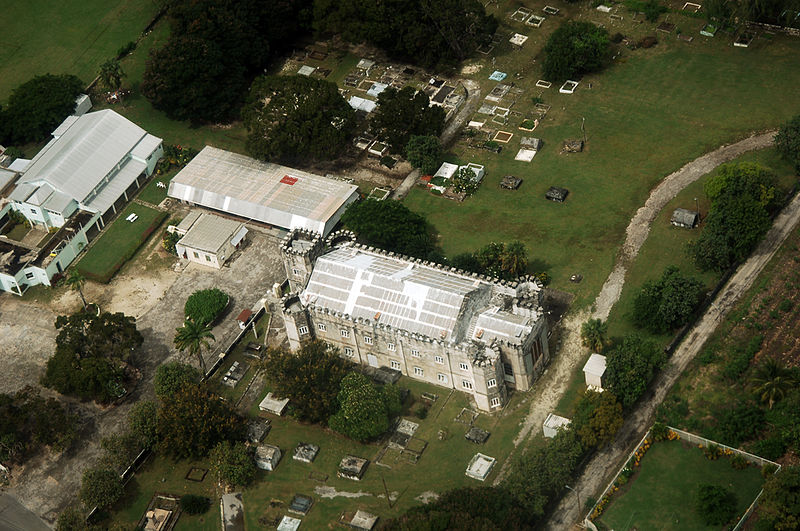
Most likely another fairy tell, often repeated.
[…] it will be an exciting and intriguing read. You can learn more about the history of the Chase Vault here and here and read a synopsis of The Vault […]
The “memoirs” of the Governor you cite as the authorative account were published in 1866, not 1868. And they were NOT “memoirs” though titled that but a BIOGRAPHY of him by his second wife Mary, and a captain of a military regiment FROM his family papers. BUT, the footnote in the book credits the source of the “moving coffins” incident to a PRIVATELY published pamphlet printed on Barbados by an
ANONYMOUS author. The implications are that the DISgruntled Nigro slaves were responsible, since there was MUCH ethnic “unrest” on the island at the time. Furthermore, though the book’s text makes the SAME mistake, the walls of the chamber were NOT STONE but BRICK masonry.
[…] https://associationofparanormalstudy.com/2017/05/20/moving-coffins-the-mystery-of-the-chase-vault-in…, […]
[…] https://associationofparanormalstudy.com/2017/05/20/moving-coffins-the-mystery-of-the-chase-vault-in… […]